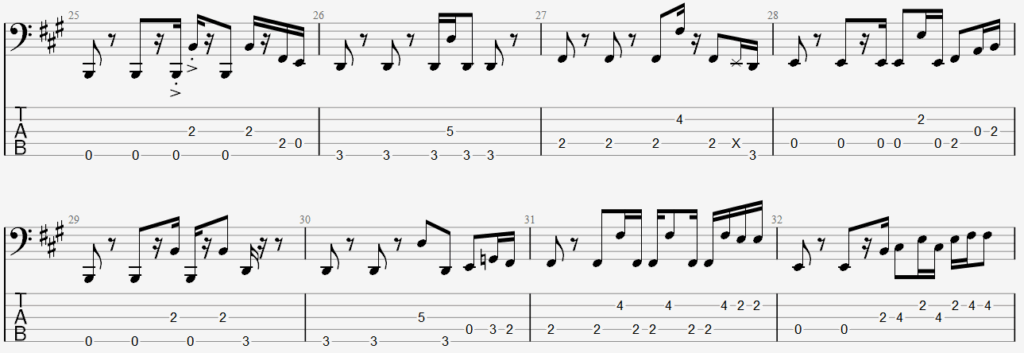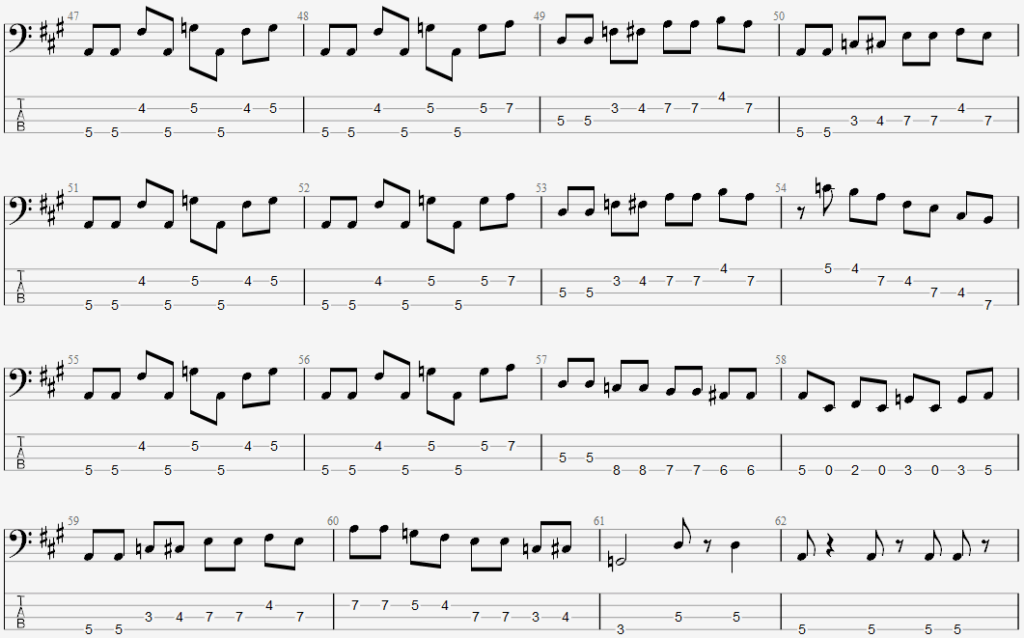Worldwide Shipping
available with all orders
Sell or Trade
Sell/trade your bass or find your next bass
Have a question?
Want to know more?
Join our newsletter.
An update on the latest new guitars at BassBros,
live video demo’s, promotional offers and giveaways.

 Yamaha SBV550
Yamaha SBV550  2018 Fender Player Precision Bass
2018 Fender Player Precision Bass  Status Eclipse 5 Fretless
Status Eclipse 5 Fretless  Bass Collection Power Bass
Bass Collection Power Bass  2020 Fender Custom Shop Ltd 1958 Precision Bass NOS
2020 Fender Custom Shop Ltd 1958 Precision Bass NOS  Hofner 500/2 HCT Contemporary Series Club Bass Sunburst
Hofner 500/2 HCT Contemporary Series Club Bass Sunburst  Ibanez EHB1005
Ibanez EHB1005  1986 Jaydee Roadie Fretless
1986 Jaydee Roadie Fretless  2018 Sandberg California II VS4
2018 Sandberg California II VS4  1980 Tokai Hard Puncher
1980 Tokai Hard Puncher  2018 Fender American Original '60s Jazz Bass
2018 Fender American Original '60s Jazz Bass  Epiphone Thunderbird Vintage Pro
Epiphone Thunderbird Vintage Pro  1977 Music Man Stingray
1977 Music Man Stingray  1992 Rickenbacker 4001 V63
1992 Rickenbacker 4001 V63  2021 Fender Japan Hybrid II Precision Bass Reissue MIJ
2021 Fender Japan Hybrid II Precision Bass Reissue MIJ  2017 Fender Jaco Pastorius Artist Series Signature Fretless Jazz Bass
2017 Fender Jaco Pastorius Artist Series Signature Fretless Jazz Bass  2018 Sandberg California II VS4
2018 Sandberg California II VS4  2015 Rickenbacker 4004Cii Cheyenne II
2015 Rickenbacker 4004Cii Cheyenne II  2004 Ernie Ball Music Man Bongo 4HH
2004 Ernie Ball Music Man Bongo 4HH  Grass Roots Modern Active Jazz Bass
Grass Roots Modern Active Jazz Bass  Hofner 500/1-61 Cavern Reissue Violin Bass B Stock
Hofner 500/1-61 Cavern Reissue Violin Bass B Stock  2021 Spector NS Dimension 5
2021 Spector NS Dimension 5 






